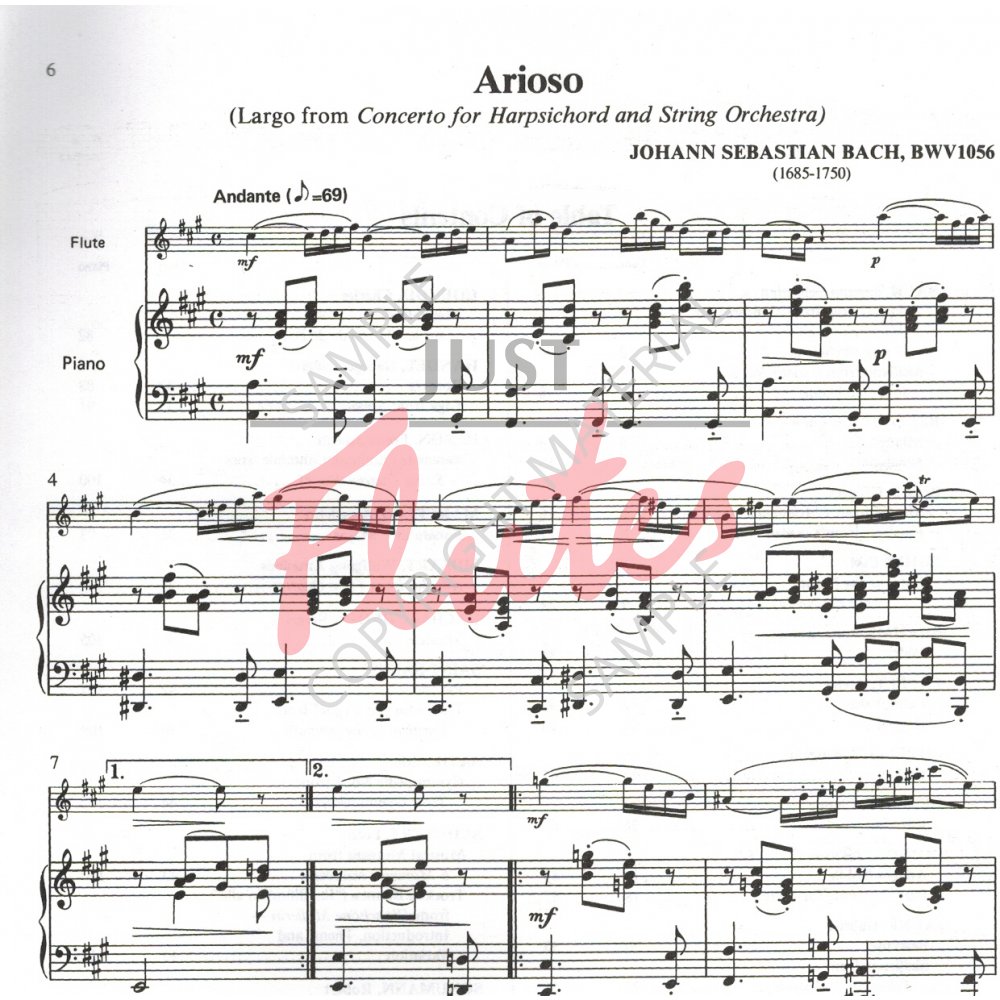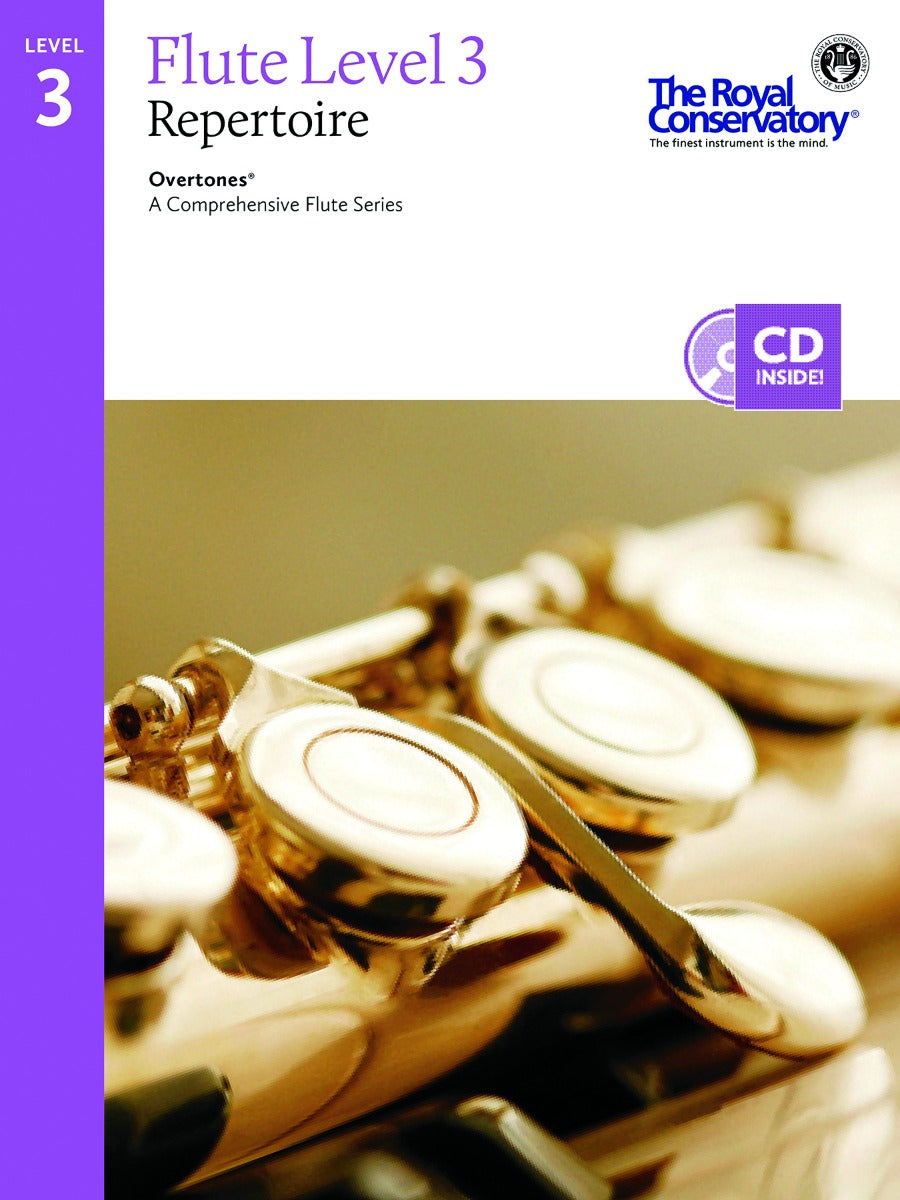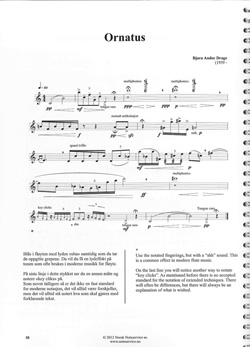
As musical styles evolved during the Classical era (1730-1820), so did the flute itself. Notably, Johann Sebastian Bach composed several works featuring intricate flute solos, showcasing the technical capabilities and expressive qualities of this versatile instrument. Over the centuries, various cultures around the world developed their own versions of flutes, each contributing unique characteristics and playing techniques.ĭuring the Baroque period (1600-1750), composers began incorporating flutes into their compositions more prominently.


The origins of this enchanting instrument can be traced back thousands of years, with evidence suggesting that flutes were used as early as prehistoric times. To truly appreciate the significance of the flute, it is essential to delve into its rich historical background. This is just one example of how the flute has played an integral role in classical music throughout history. The elegant sounds of a wooden flute fill the air, captivating listeners with its delicate tone and graceful melodies. Imagine yourself transported back in time to the court of King Louis XIV in 17th century France. Whether you are an aspiring flutist or simply a lover of this enchanting instrument, this guide is sure to deepen your appreciation for its timeless beauty and enduring presence in the world of classical music. As classical music continues to evolve, so does the role of the flute within it.īy delving into these various aspects, this comprehensive guide aims to provide a well-rounded understanding of the flute’s prominence in classical music. Lastly, we will touch upon contemporary developments in flute playing, such as extended techniques, experimental compositions, and collaborations with other genres of music. From Jean-Pierre Rampal and James Galway to Emmanuel Pahud and Sir James Galway, these virtuoso performers have not only mastered their craft but have also contributed significantly to pushing the boundaries of flute playing. From concertos and sonatas to chamber music and orchestral excerpts, we will highlight some of the most beloved and influential compositions that showcase the flute’s unique capabilities.įurthermore, we will discuss notable flutists throughout history who have left their mark on classical music. In addition to technique, we will explore the vast repertoire of classical music that features the flute as a solo instrument or as part of an ensemble. From breath control and embouchure formation to fingerings and articulation, we will explore how a flutist produces a wide range of tones and effects on the flute. We will also delve into the technical intric We will also delve into the technical intricacies of flute playing, exploring the various techniques and skills required to master this instrument. Throughout this article, we will embark on a journey through time as we uncover how the flute has evolved over centuries and examine its role in different musical periods. It becomes evident that the flute possesses a unique ability to convey both delicate tenderness and fiery passion, making it an indispensable voice within classical compositions. The audience is instantly captivated by the sheer beauty and expressive power emanating from this seemingly simple tube of metal or wood. As soon as their fingers touch the keys and their breath flows through the instrument, an ethereal sound fills the concert hall. To illustrate the significance of the flute in classical music, let us consider a hypothetical scenario: imagine attending an orchestral performance where a renowned flutist takes center stage. This comprehensive guide aims to explore the various aspects of the flute within classical music, delving into its history, technique, repertoire, and notable performers.

1 to the virtuosic runs of Debussy’s Syrinx, this woodwind instrument has earned its rightful place alongside other orchestral staples. From the delicate trills of Mozart’s Flute Concerto No. The flute has been a prominent instrument in classical music for centuries, captivating audiences with its enchanting melodies and versatility.


 0 kommentar(er)
0 kommentar(er)
